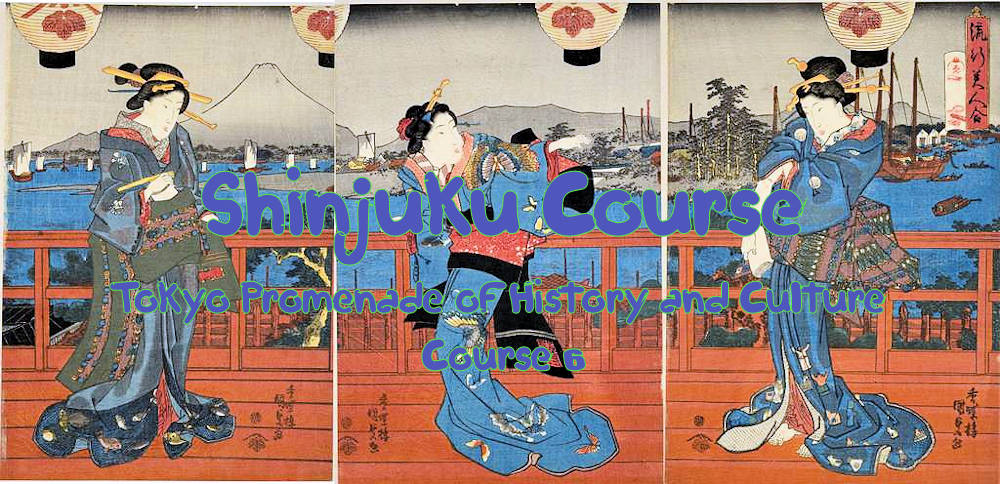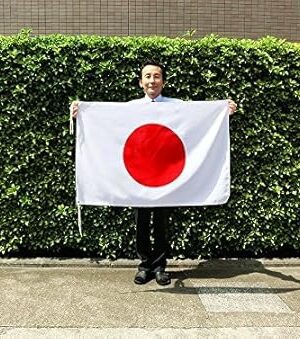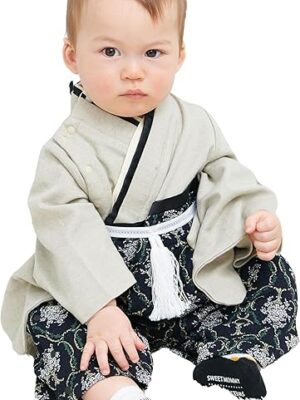Embark on a journey from modern Tokyo to the first post towns on the ancient roads, culminating at the outer moat and walls of Edo Castle.
Amazon Affiliate Linked Japanese Goods Shop
-
Sale!
Miccostumes Anime Corps Cosplay Costume Uniforms
Original price was: $50.$40Current price is: $40. Check it out on Amazon -
Sale!
Women’s Easy Yukata Robe Casual Cotton Kimono for Summer
Original price was: $97.$75Current price is: $75. Check it out on Amazon
The Tokyo Promenade of History and Culture
Tokyo Walking Courses such as the Tokyo Promenade of History and Culture (aka 東京歴史と文化の散歩道) unveil the layers of Tokyo, from ancient echoes to vibrant modernity!
9.5 km in Total Length
Stroll around the Shinjuku skyscraper (Shinjuku Central Park – Shinjuku Station)
This area on the first length of the Shinjuku Walking Course was once the site of the Yodobashi water purification plant. Since 1966, this area has undergone rapid changes due to the subcenter plan, and has become a symbol of modern Tokyo. The new metropolitan government building was completed in 1991, and the new city center is undergoing further transformation.
Naito Shinjuku walk (Shinjuku Station – Yotsuya Okido)
The second length of the Shinjuku Walking Course is from Shinjuku 3-chome to 2-chome and 1-chome and then heads back along Shinjuku Street. This is Naito-Shinjuku, which once prospered as the first post town on the Koshu Highway. Shinjuku Oiwake was the junction of Koshu Kaido and Ome Kaido. The vast Shinjuku Gyoen National Garden is the site of the Naito family residence, which gave rise to the name Naito Shinjuku. The Yotsuya Okido ruins at the Yotsuya 4-chome intersection were the Edo gateway to the Koshu Highway.
Walking around the Gaien (Yotsuya Okido – Yotsuya Station)
The third length of the Shinjuku Walking Course is from Yotsuya Okido to the former Aoyama Drill Ground and Jingu Gaien. Construction of the outer garden began in 1915, after the death of Emperor Meiji. The line of ginkgo trees that continues from Aoyama Street is taller towards the entrance, giving a sense of depth. From here, on the way back to Koshu Kaido on the ridge road, is Yotsuya Teramachi, a town dotted with temples and shrines on the slopes of slopes. The center line corresponds to the valley floor of the plateau.
Stroll around the outer moat (Yotsuya Station – Akasaka Hitotsuki)
The fourth length of the Shinjuku Walking Course covers an area of the old moat and outer fortification of Edo castle. After visiting both Mitsuke areas of Yotsuya and Akasaka, head to Hitotsugi, Akasaka. Mitsuke is a guard post located at a strategic point along the outer moat. The outer moat once surrounded the outer wall of Edo Castle. The embankment along Sophia University from Yotsuya Station is the remains of an earthwork built inside the outer moat. Benkeibori is still full of water. All of the nearby high-rise hotels are built on the site of samurai residences.














